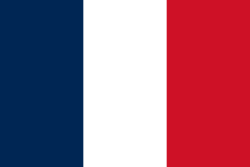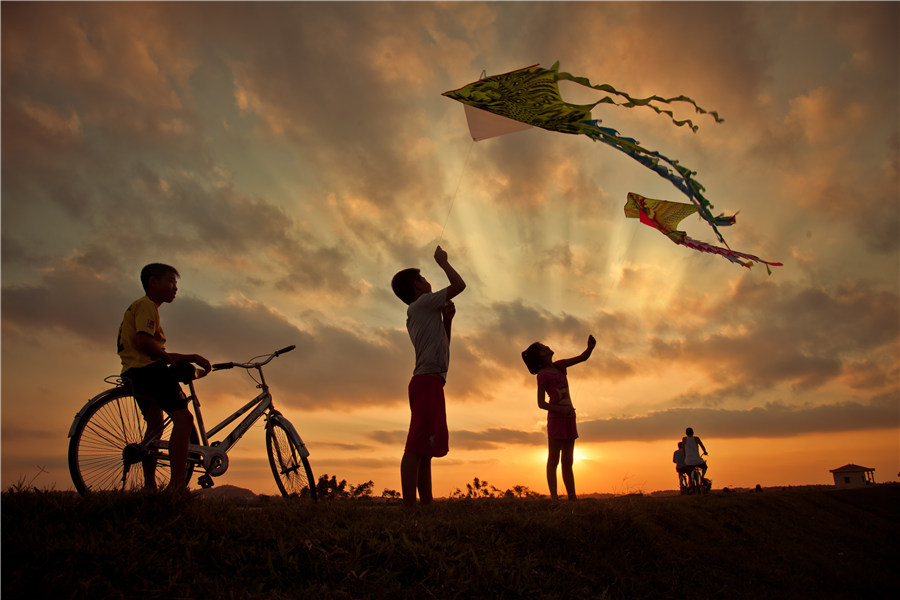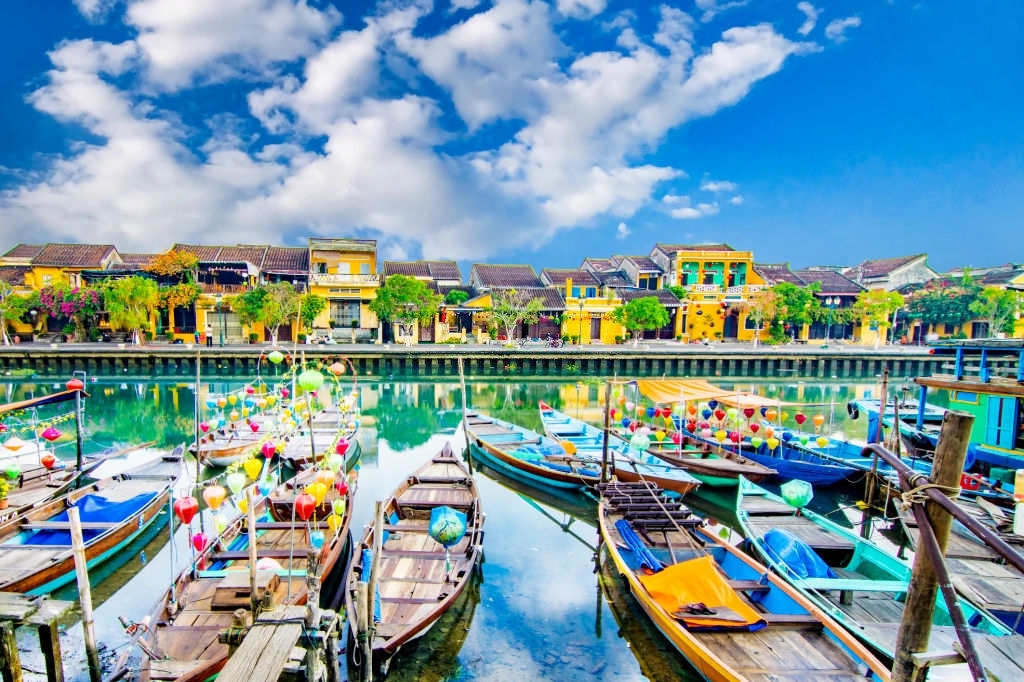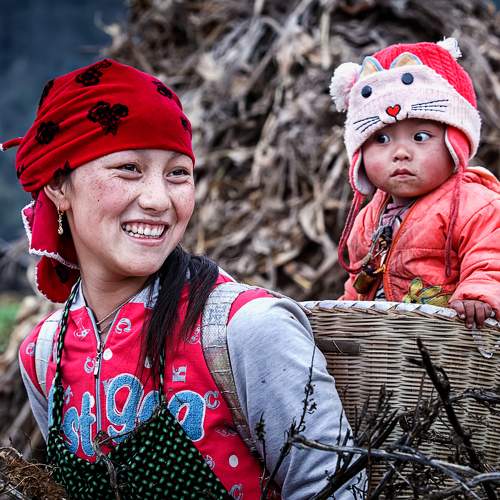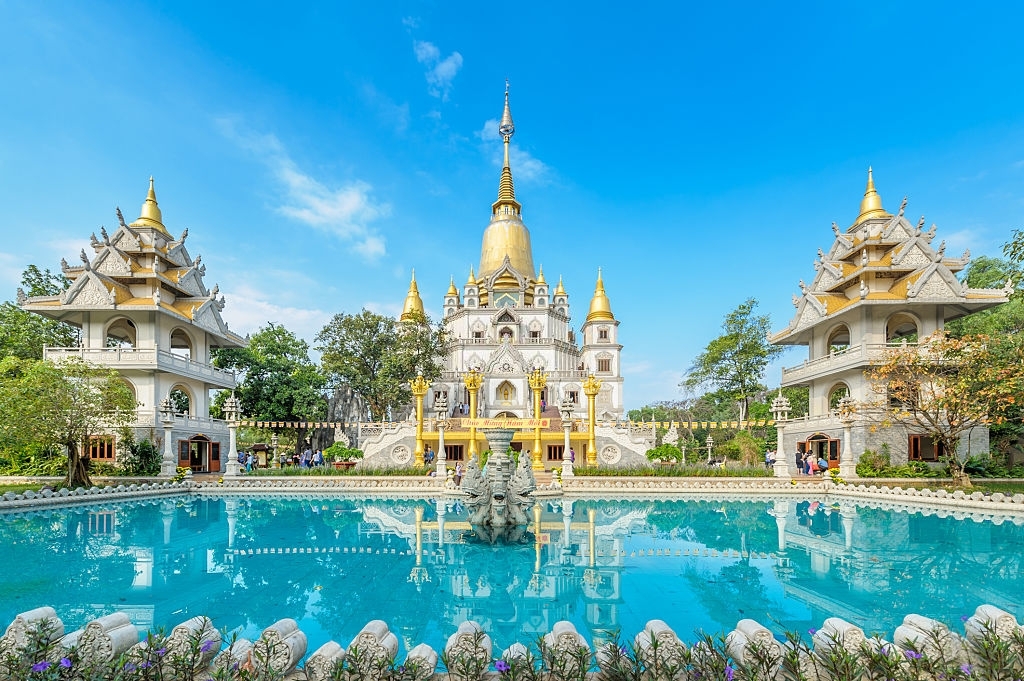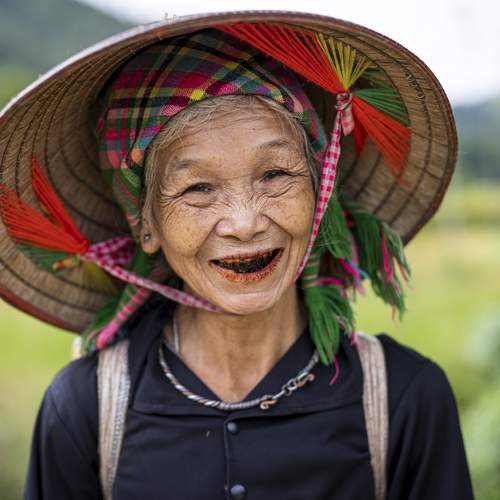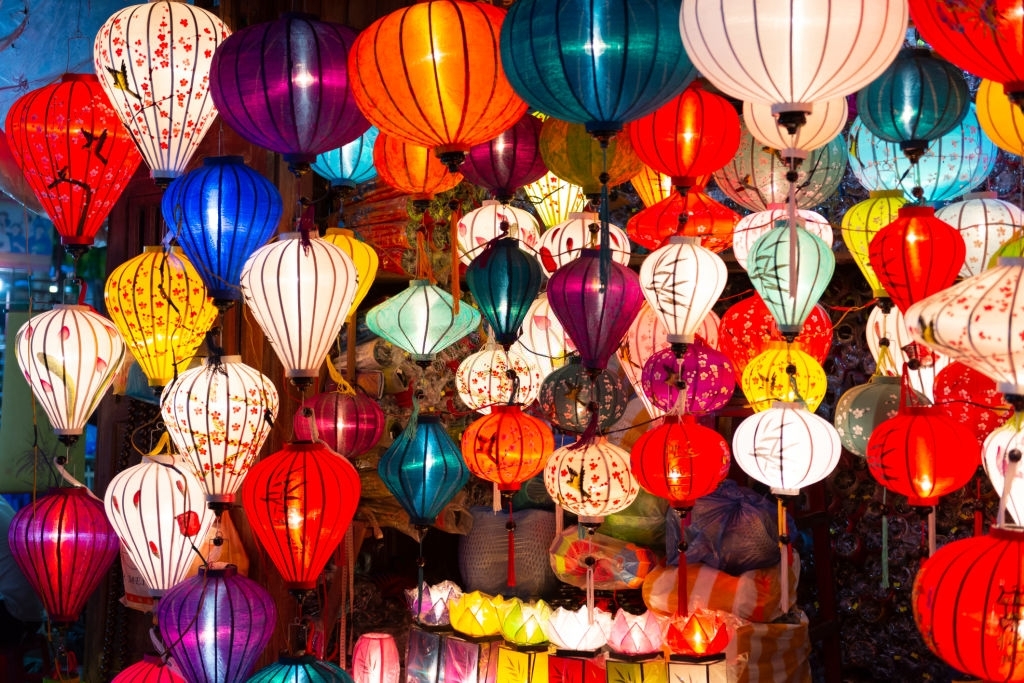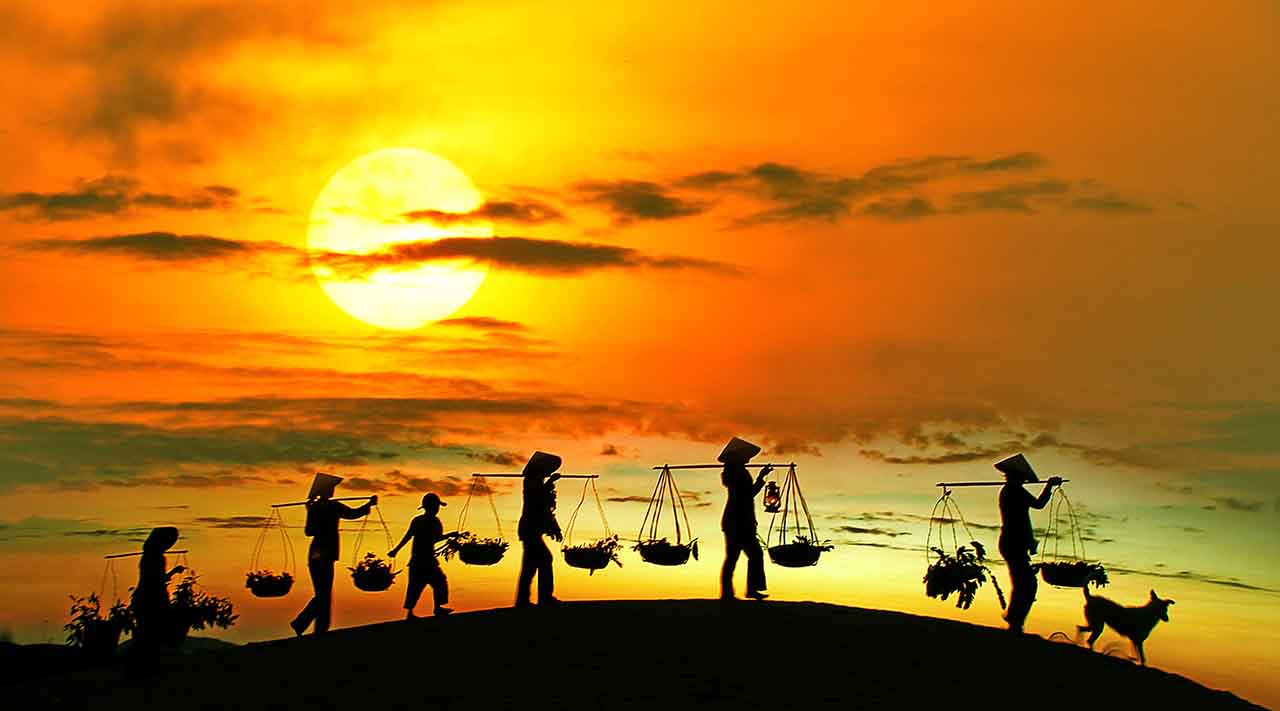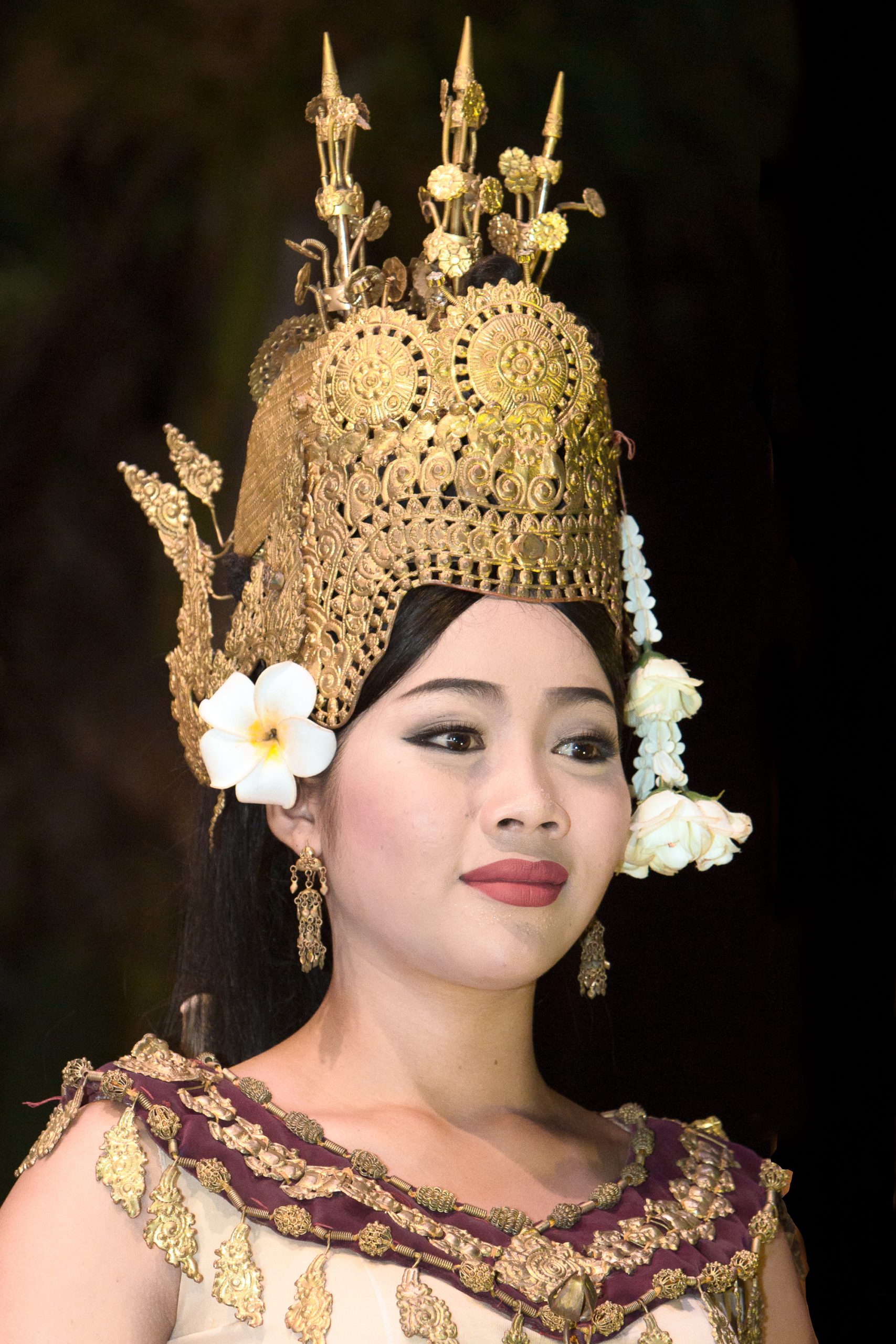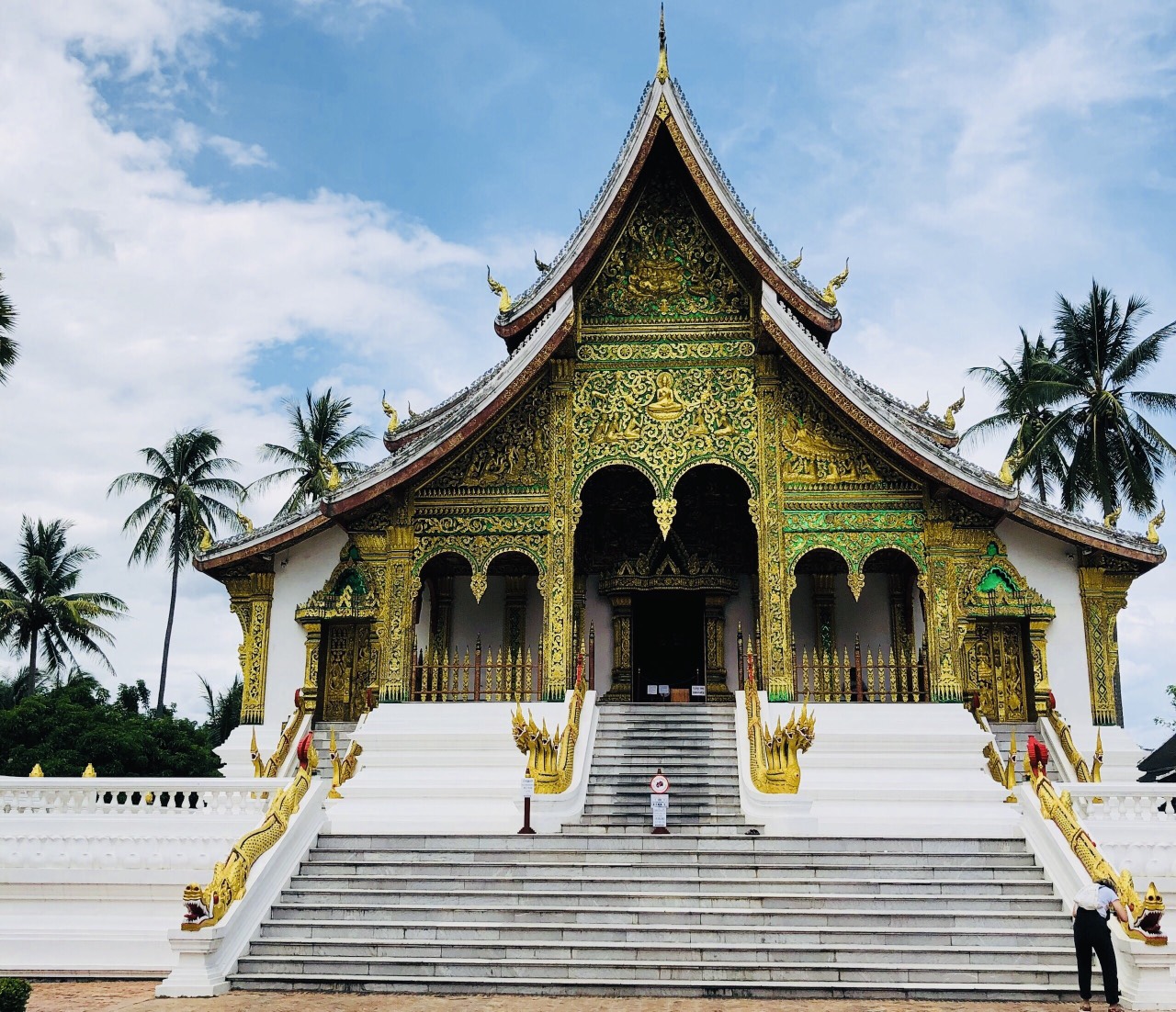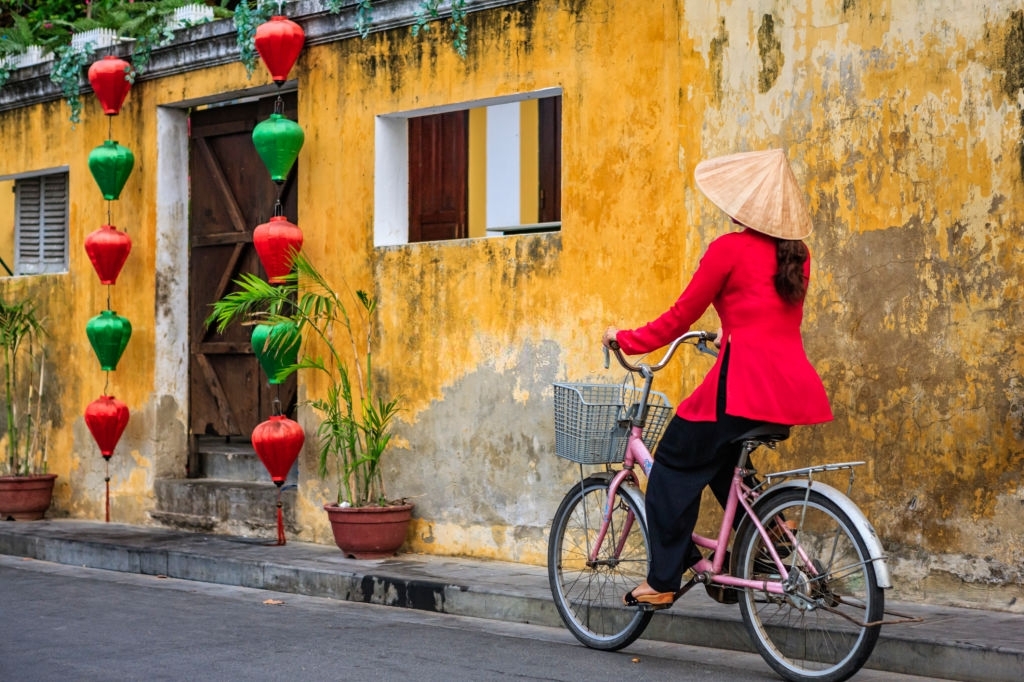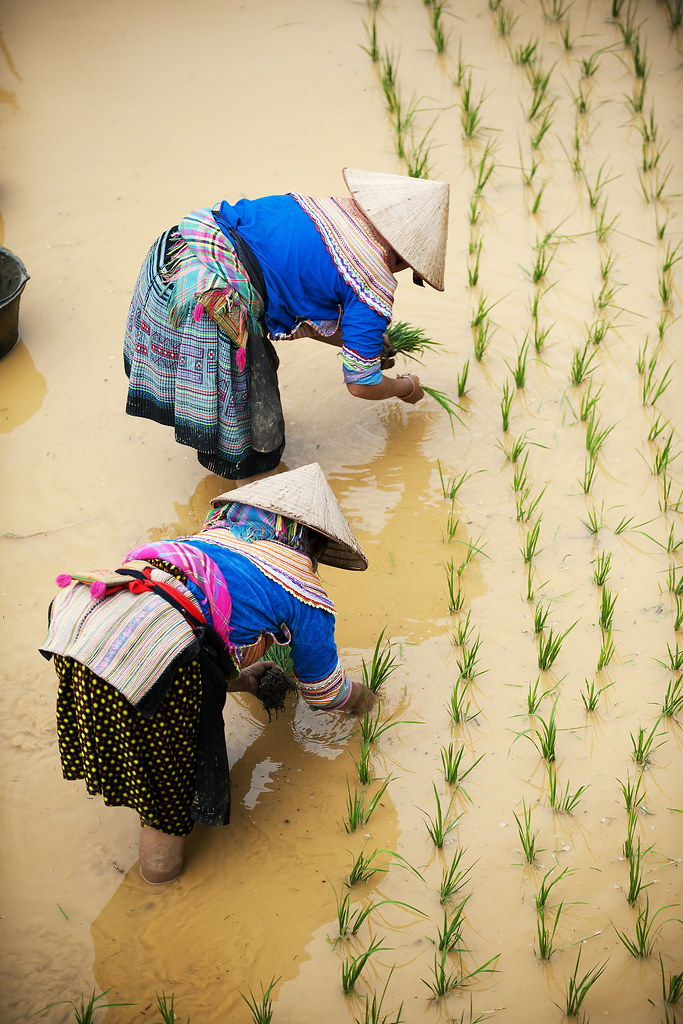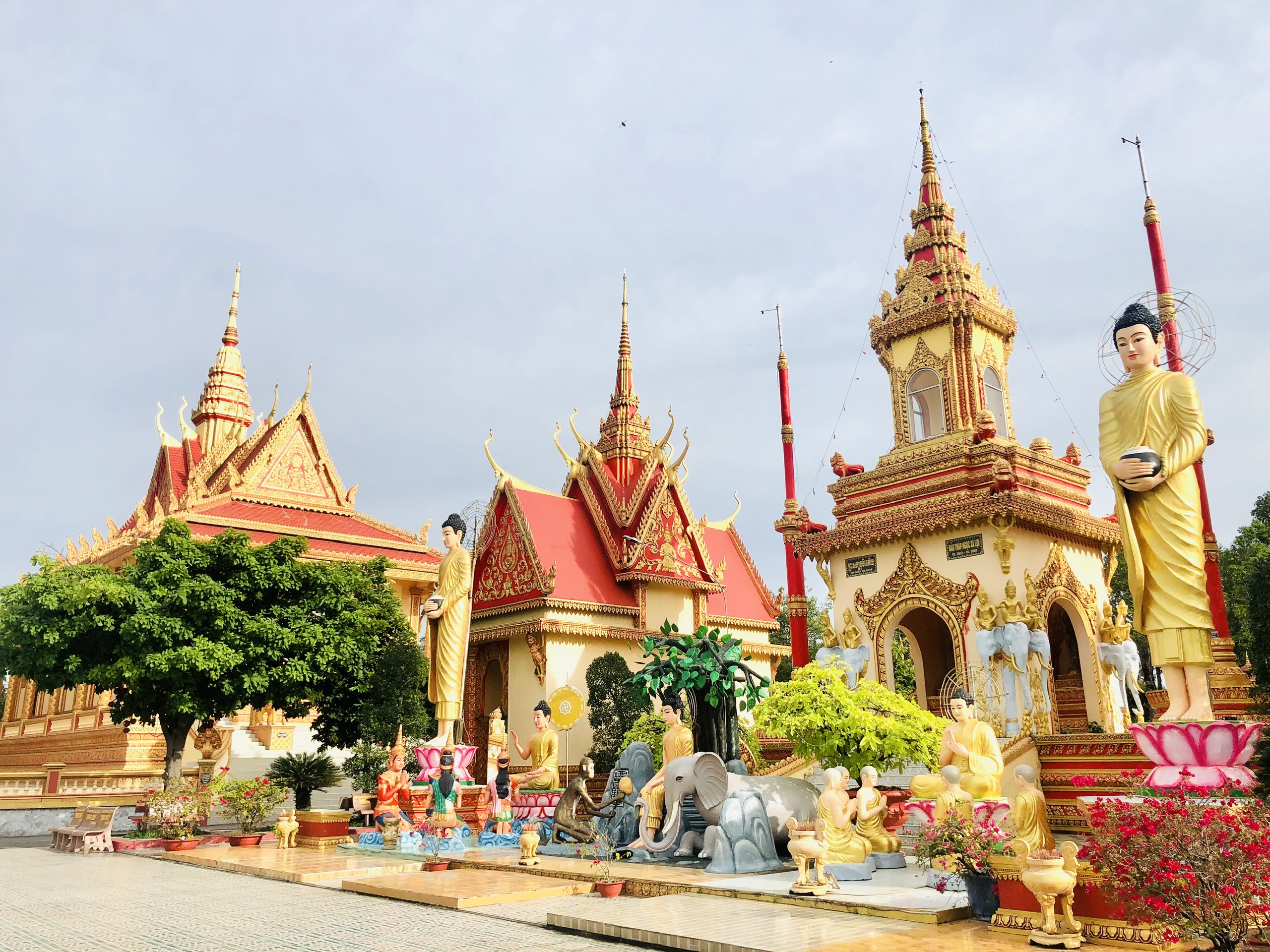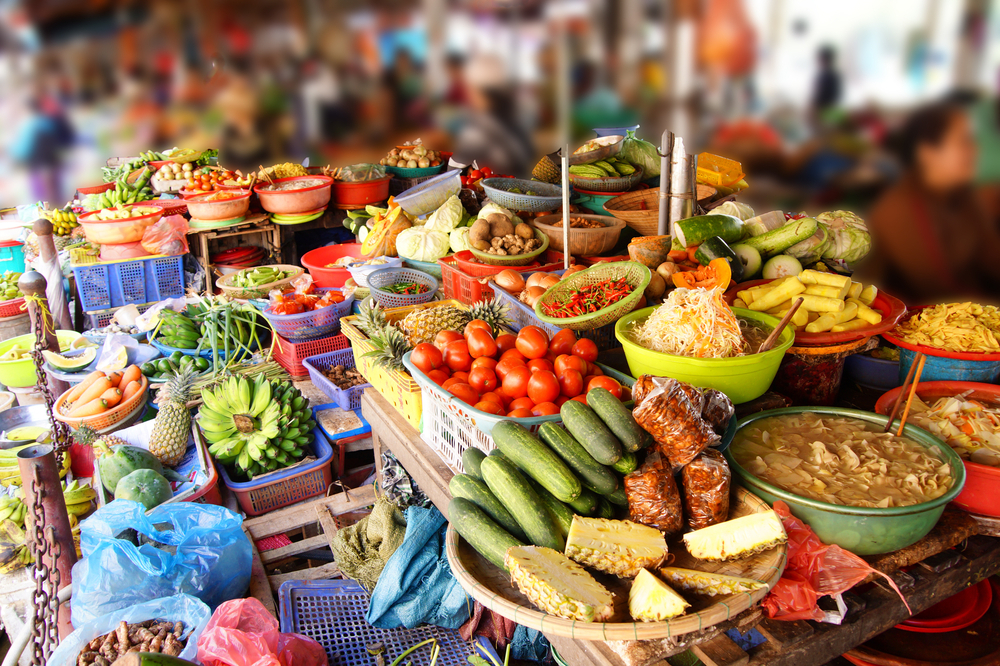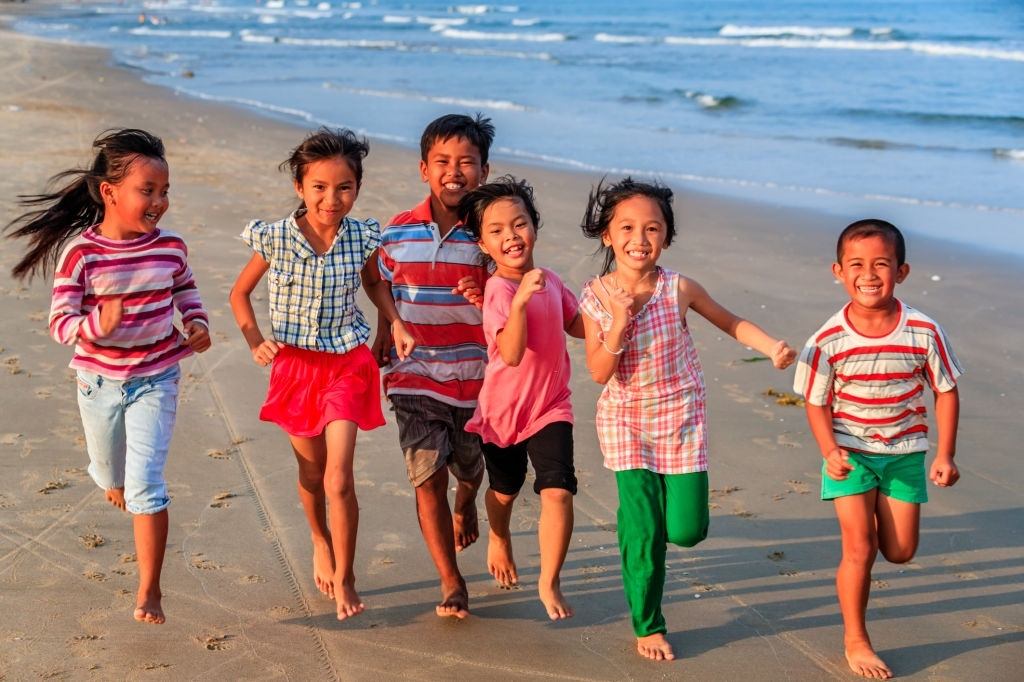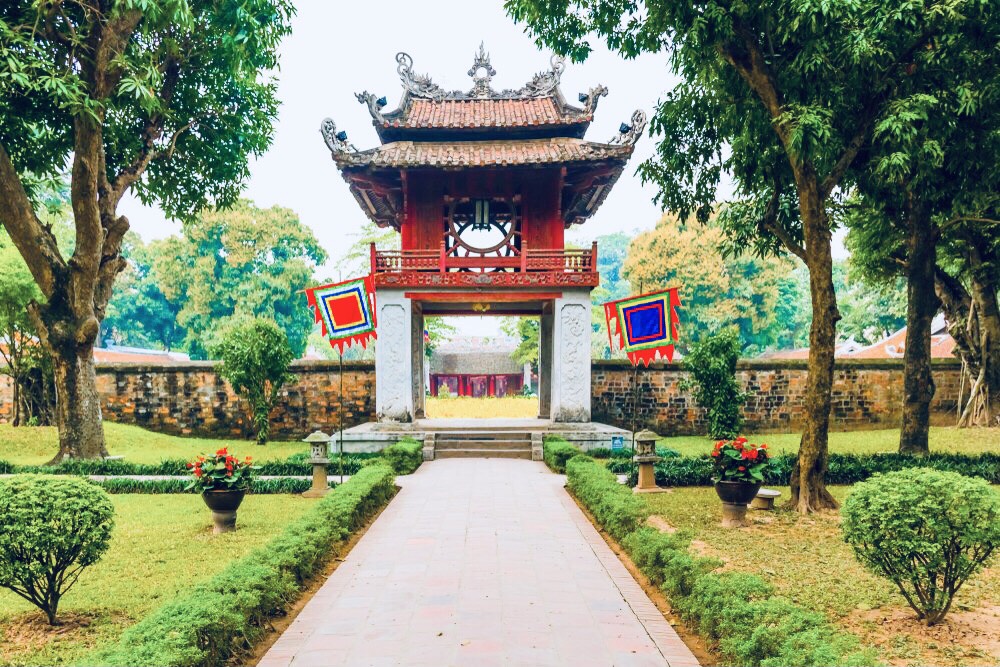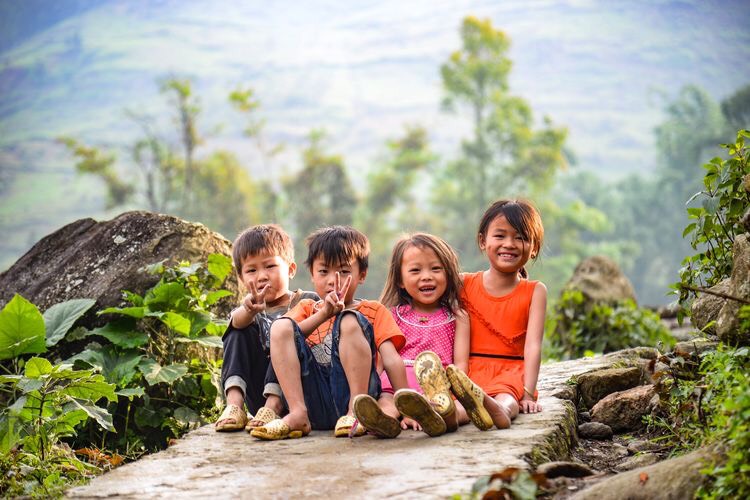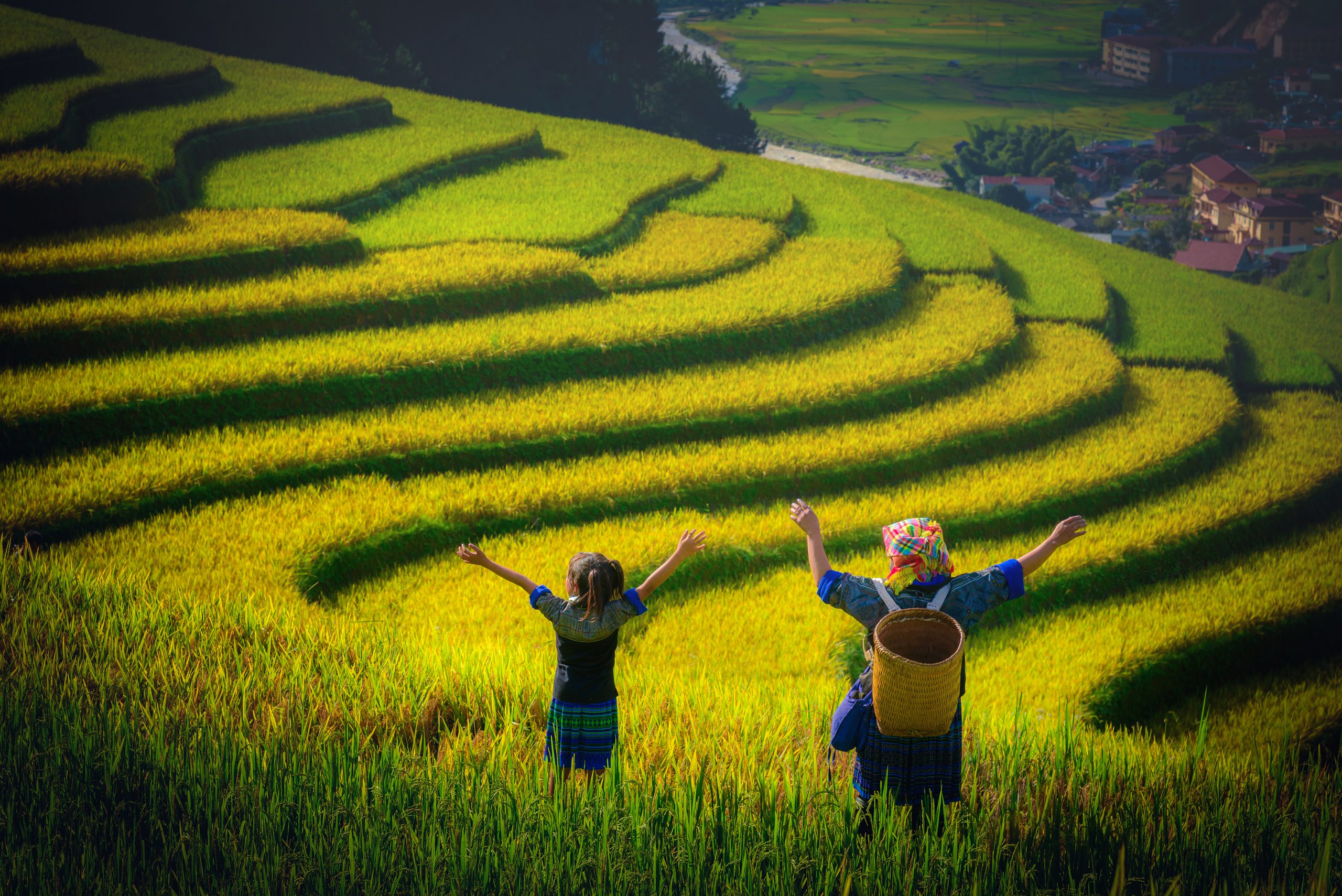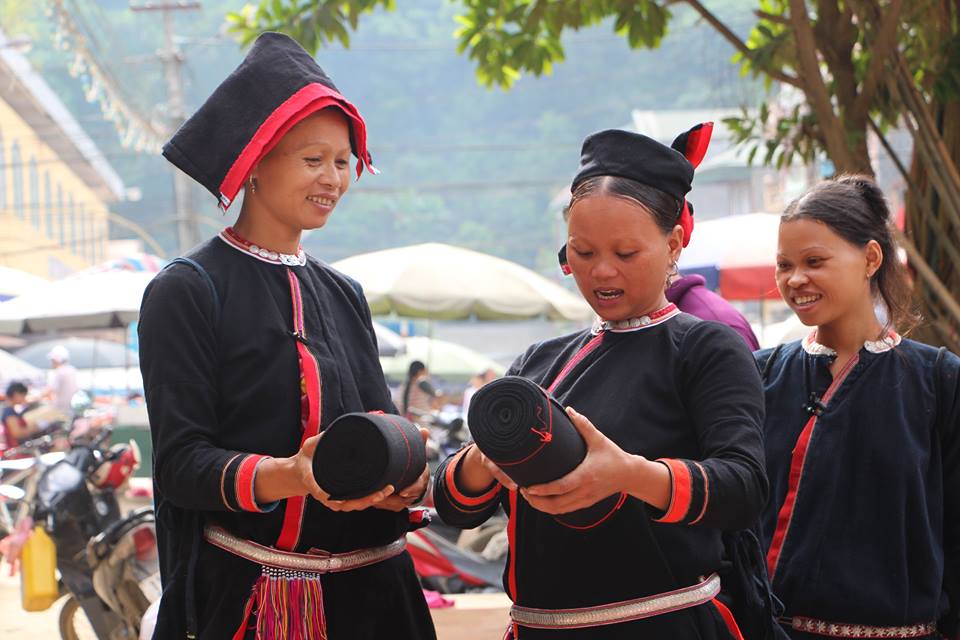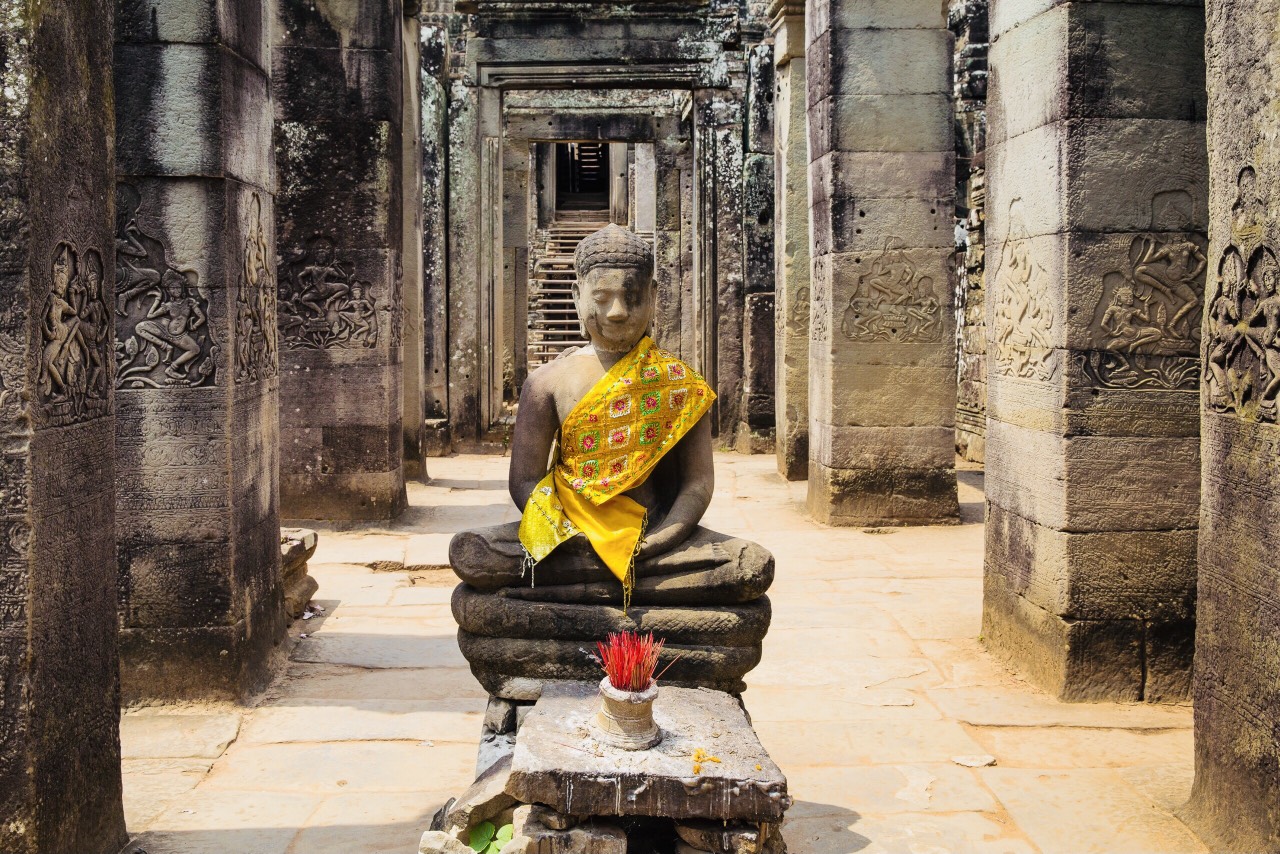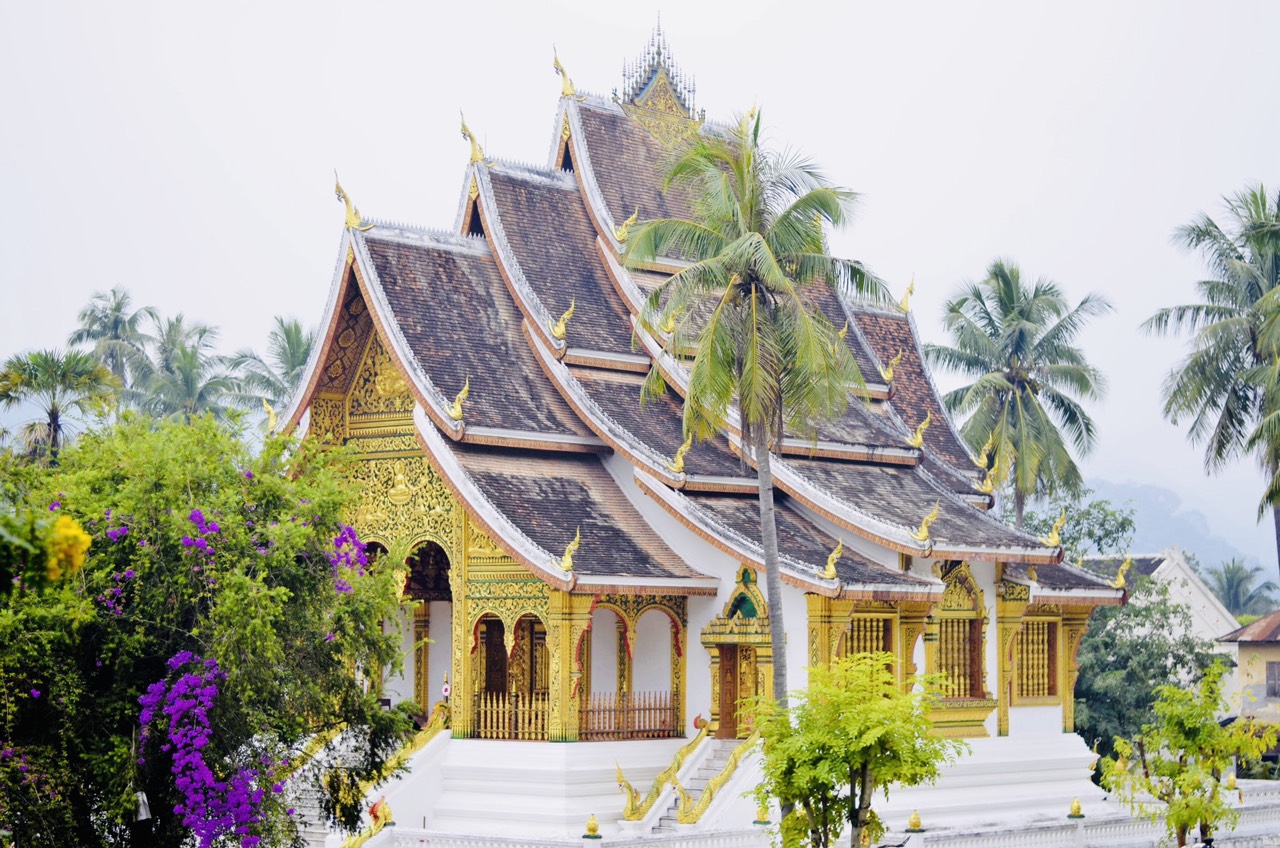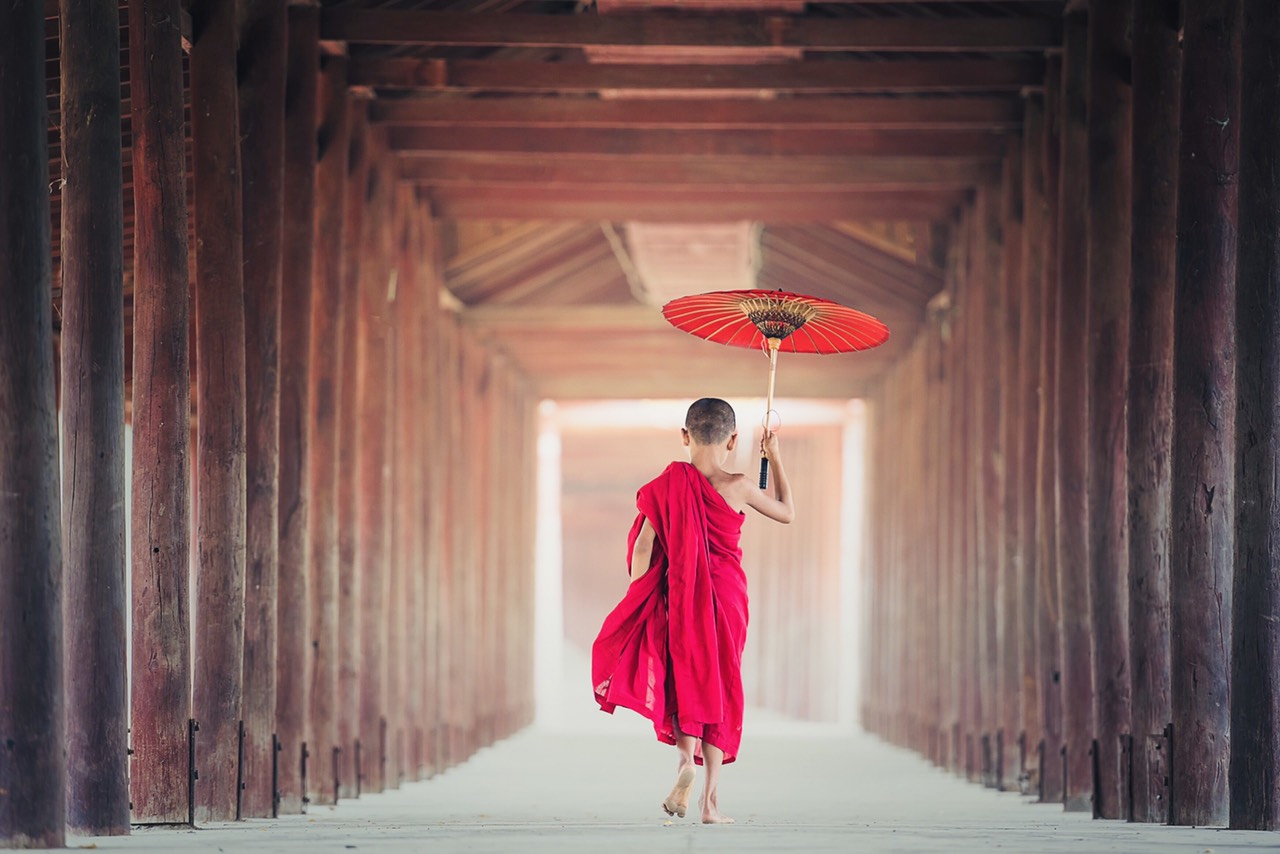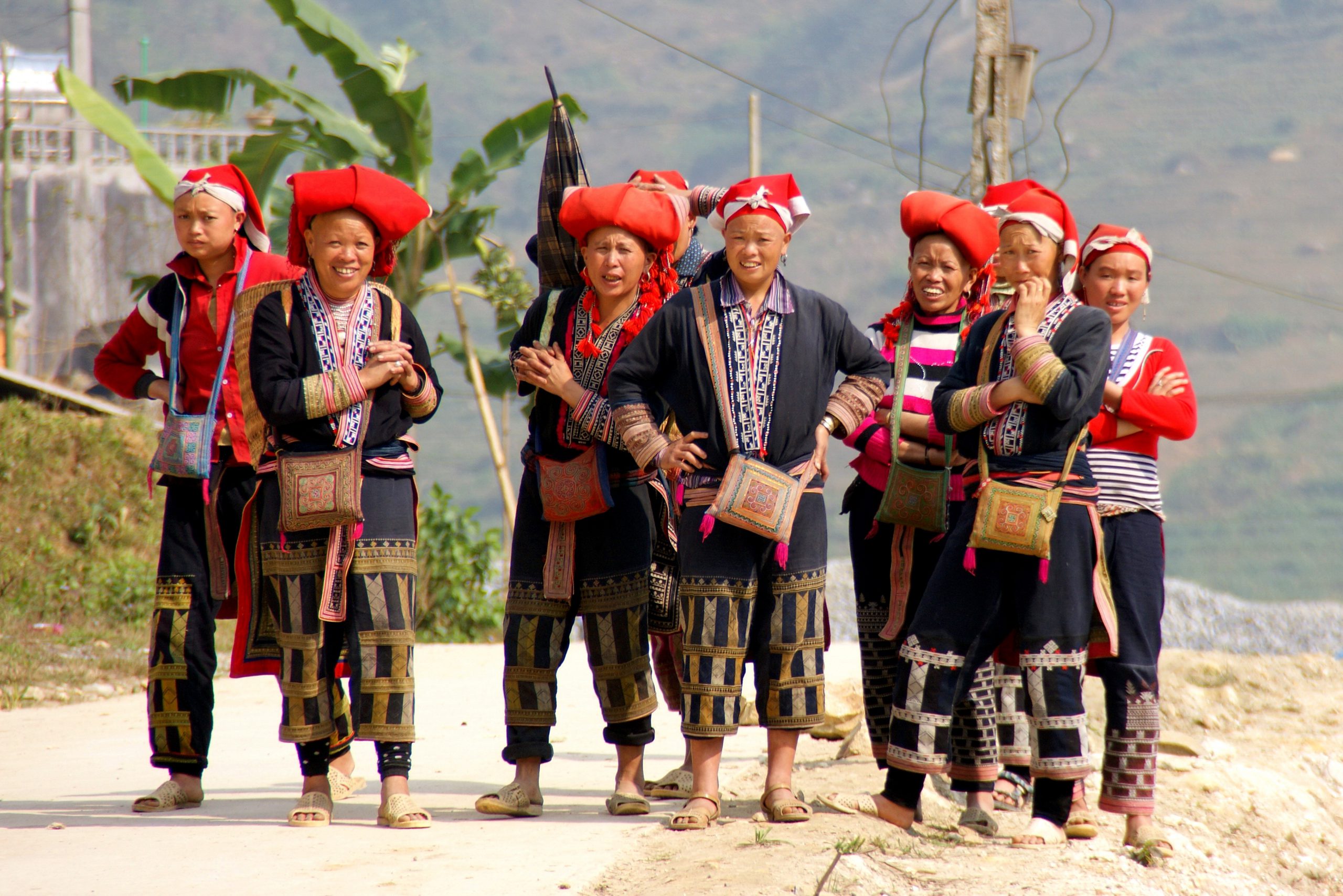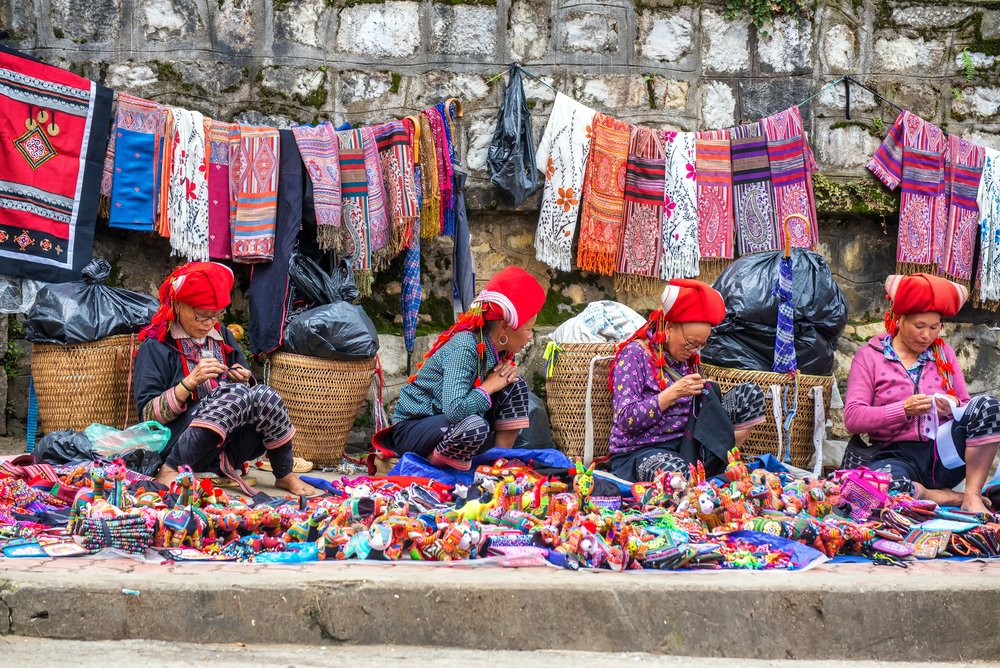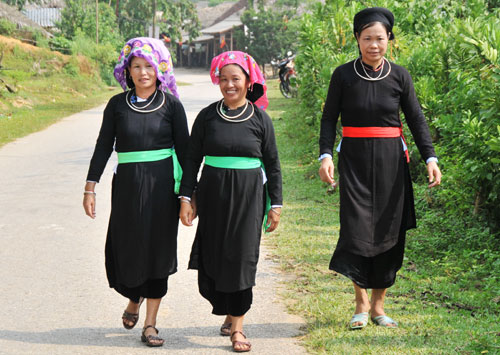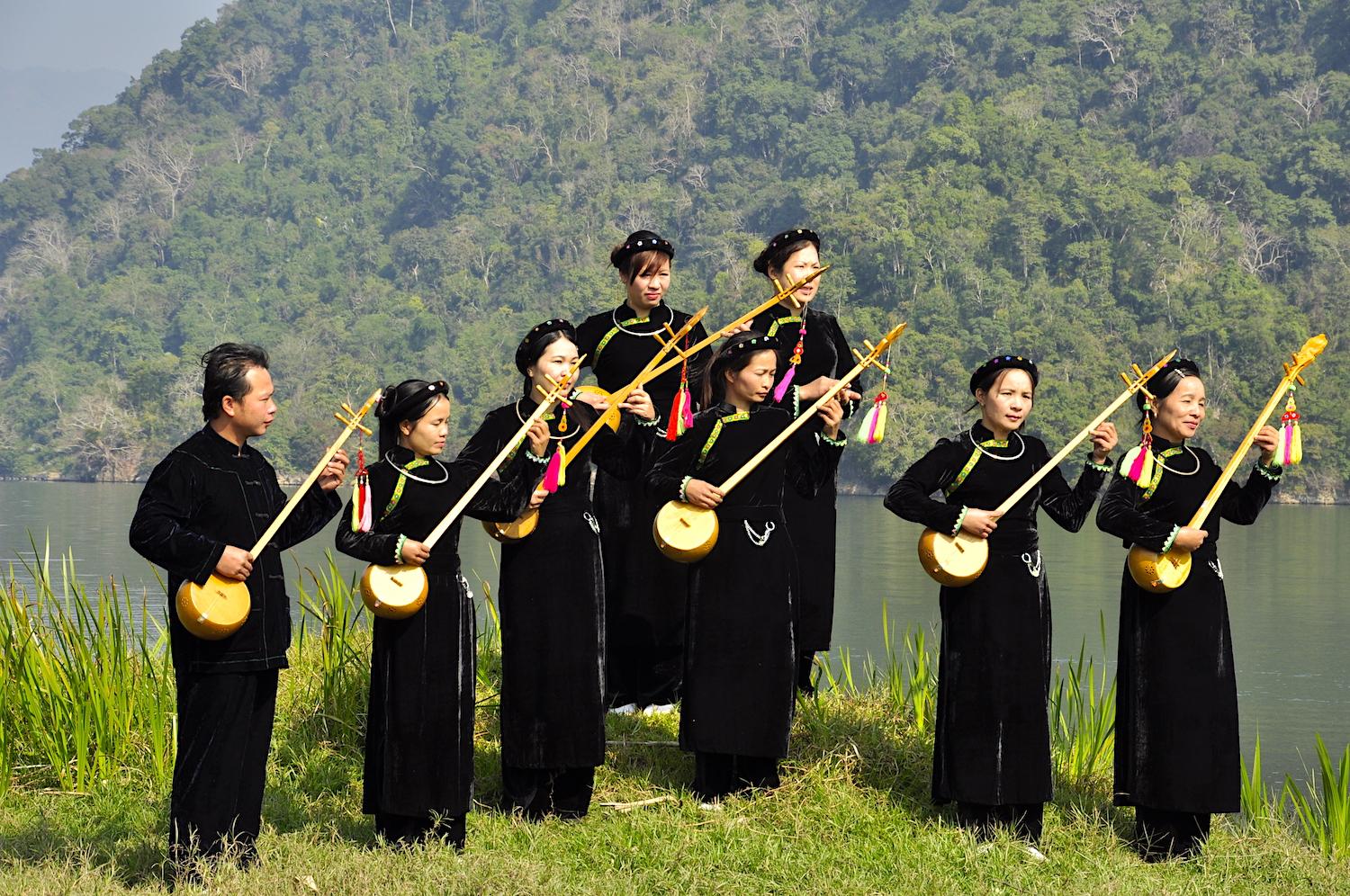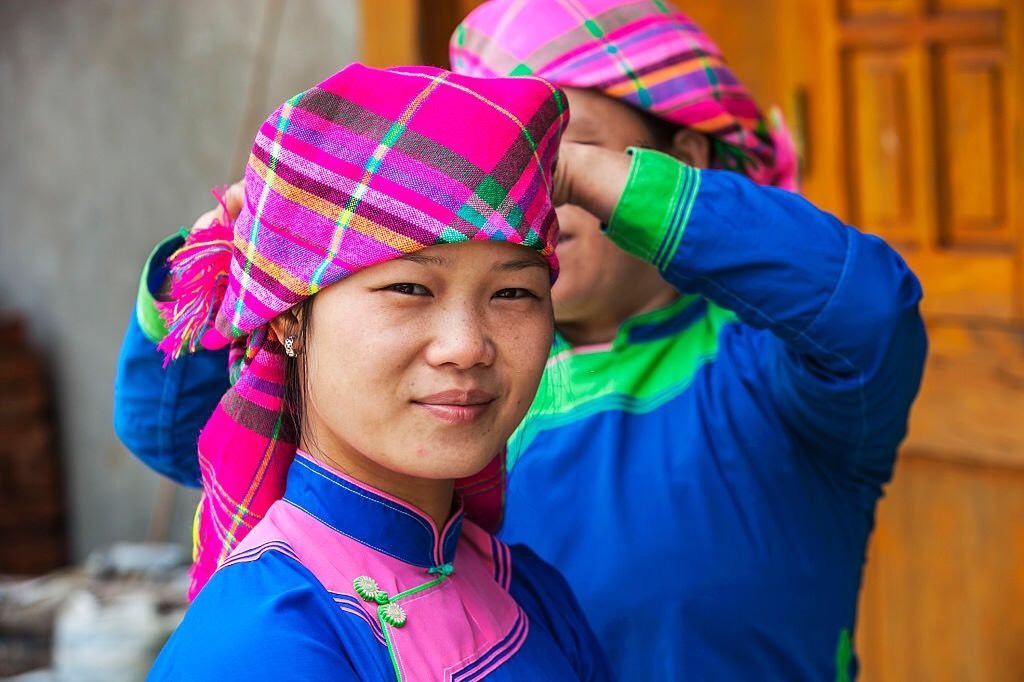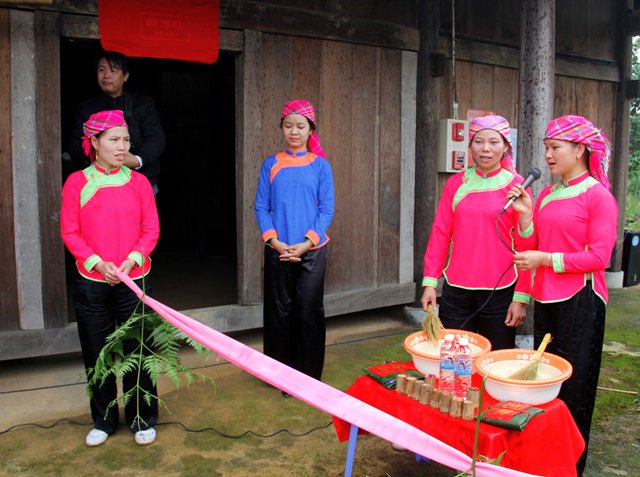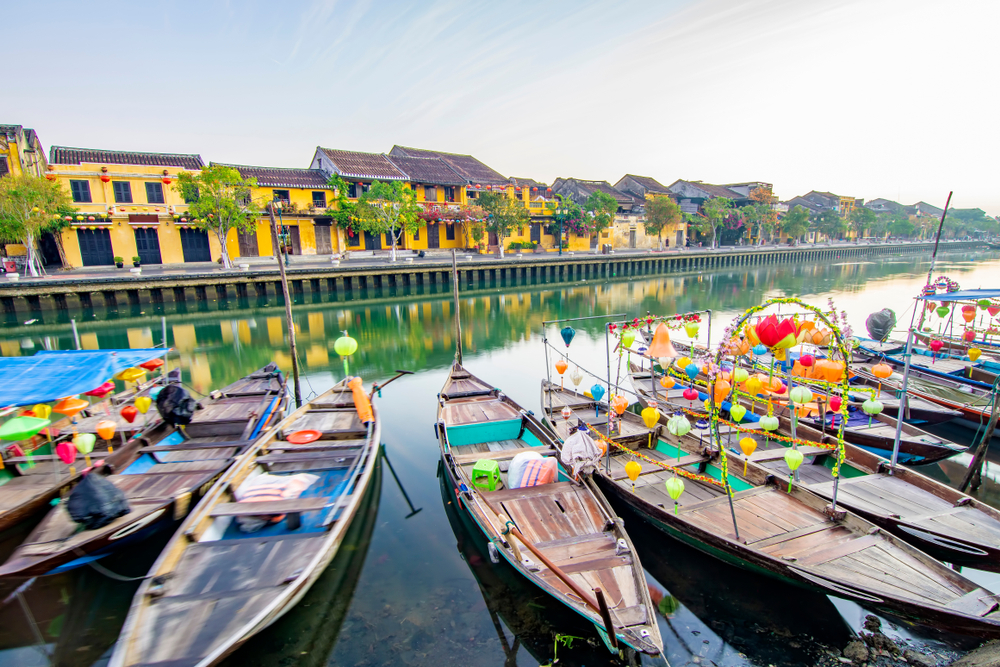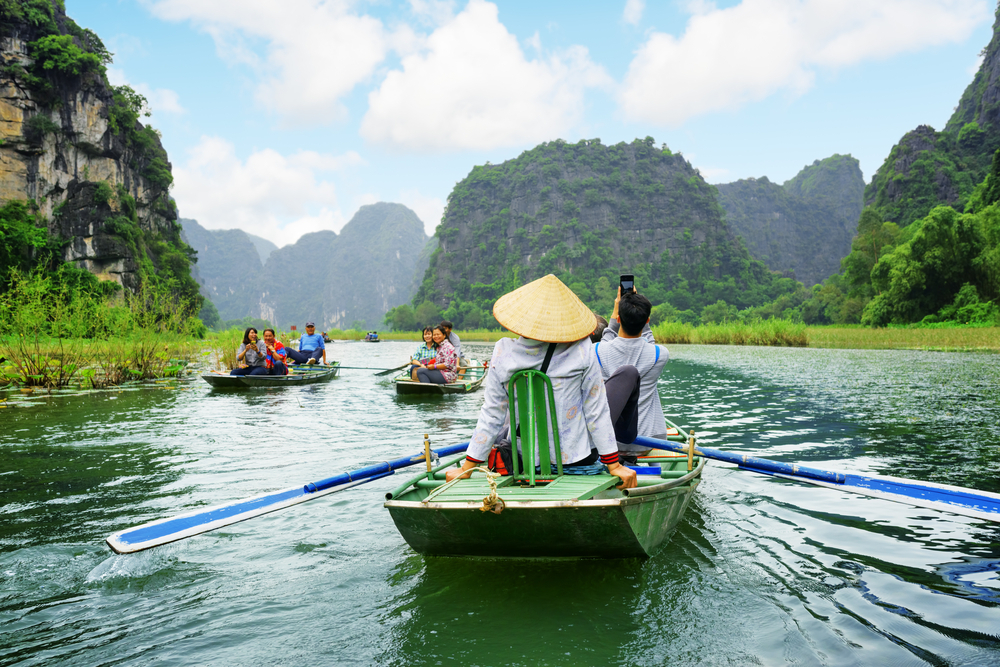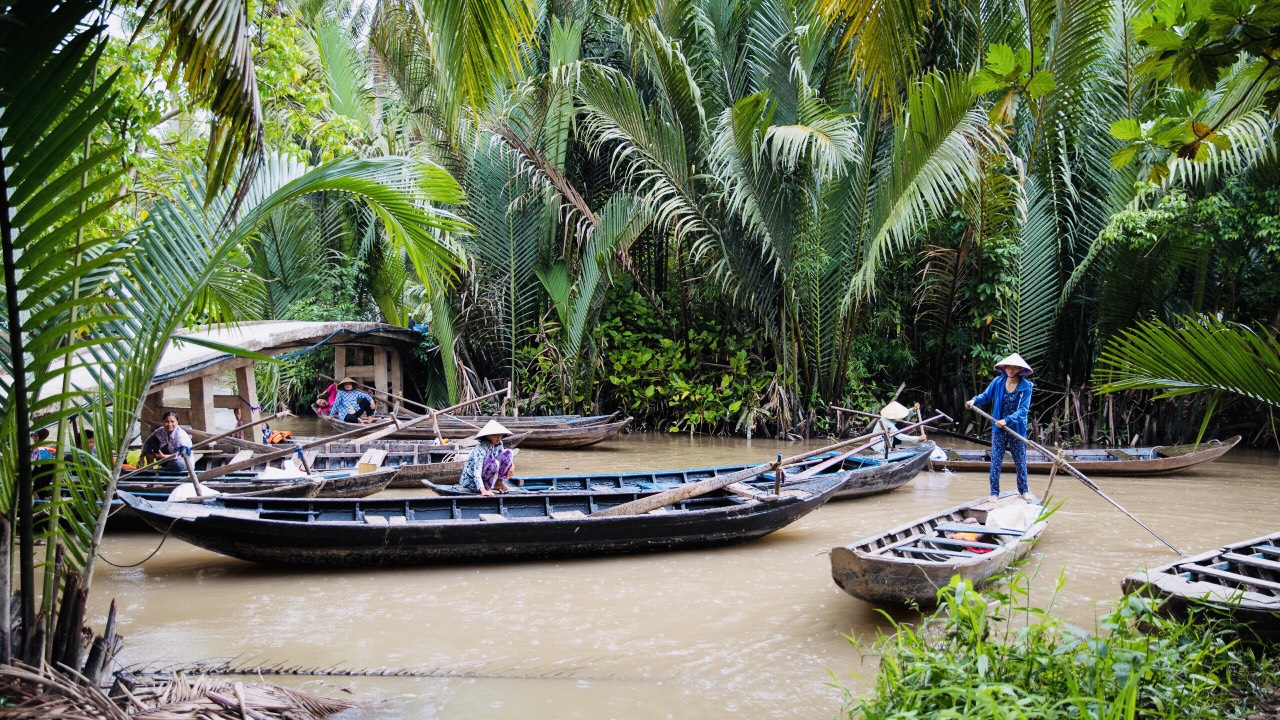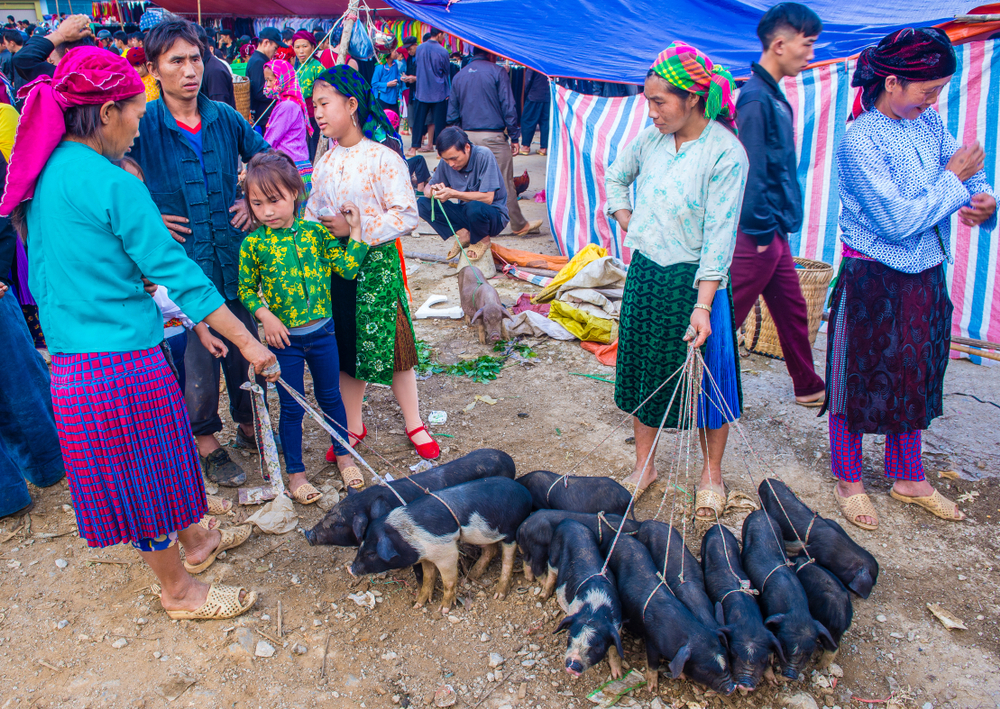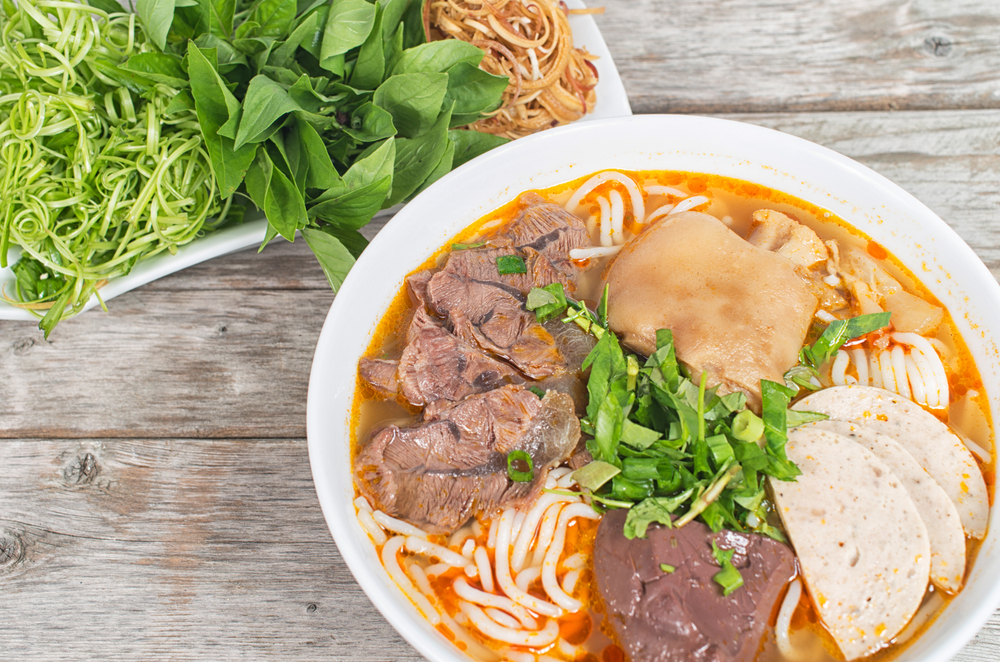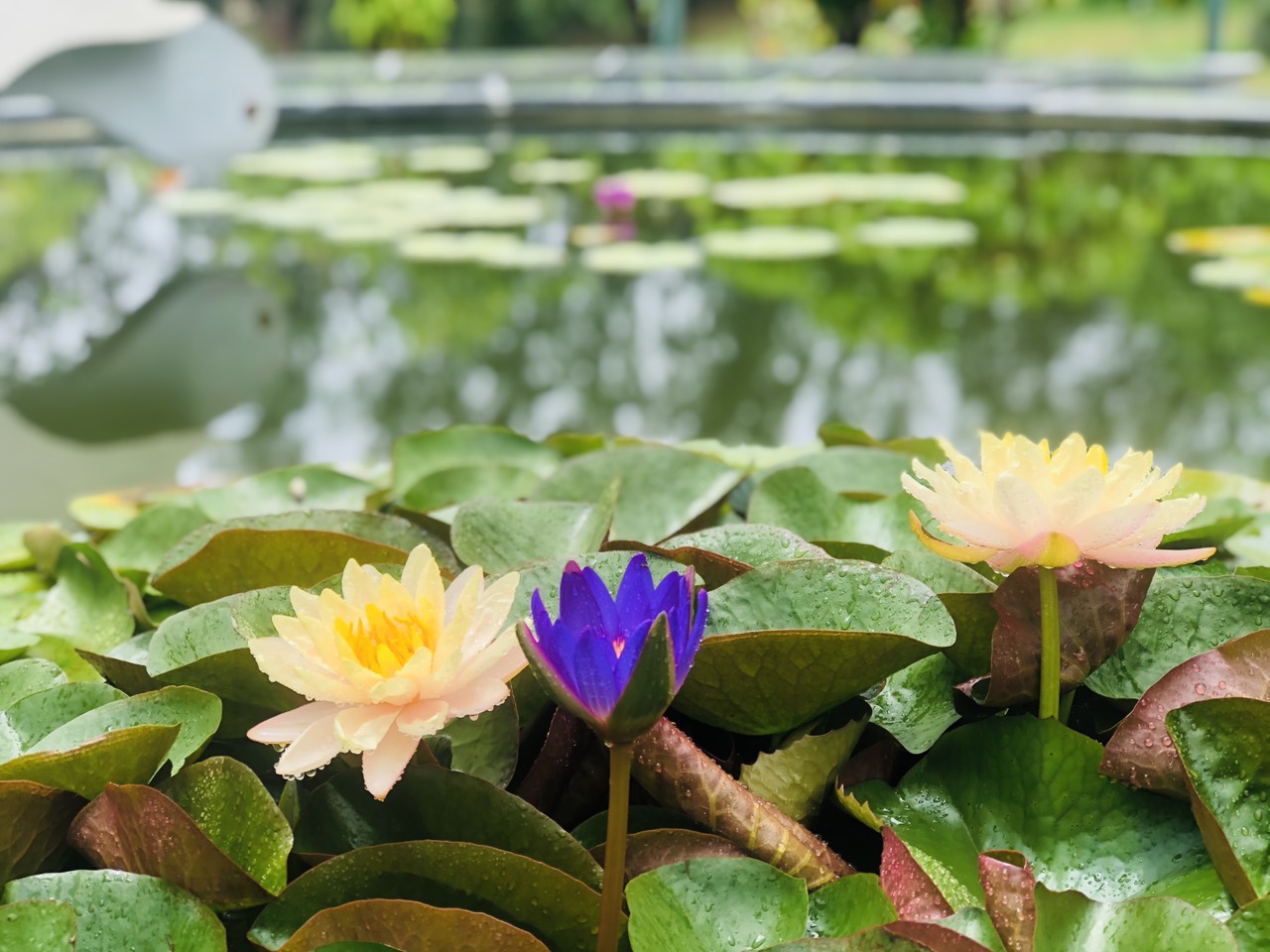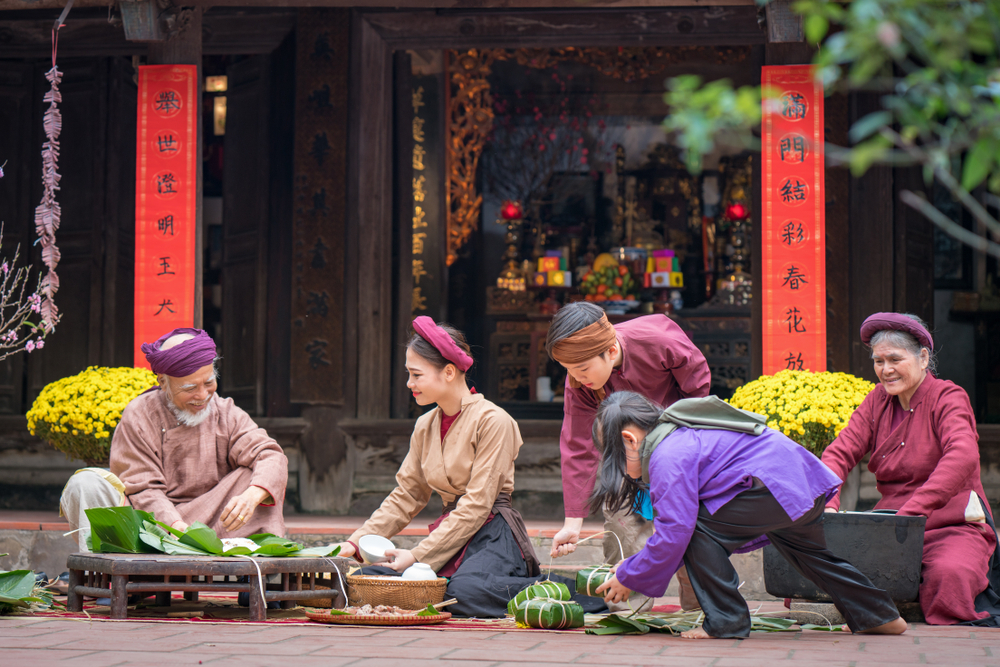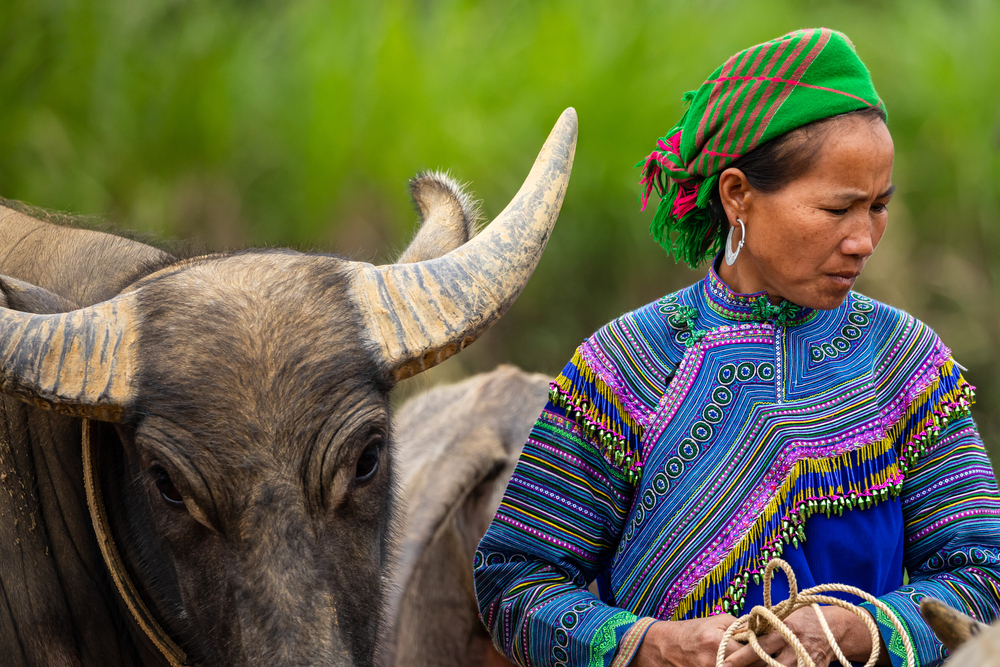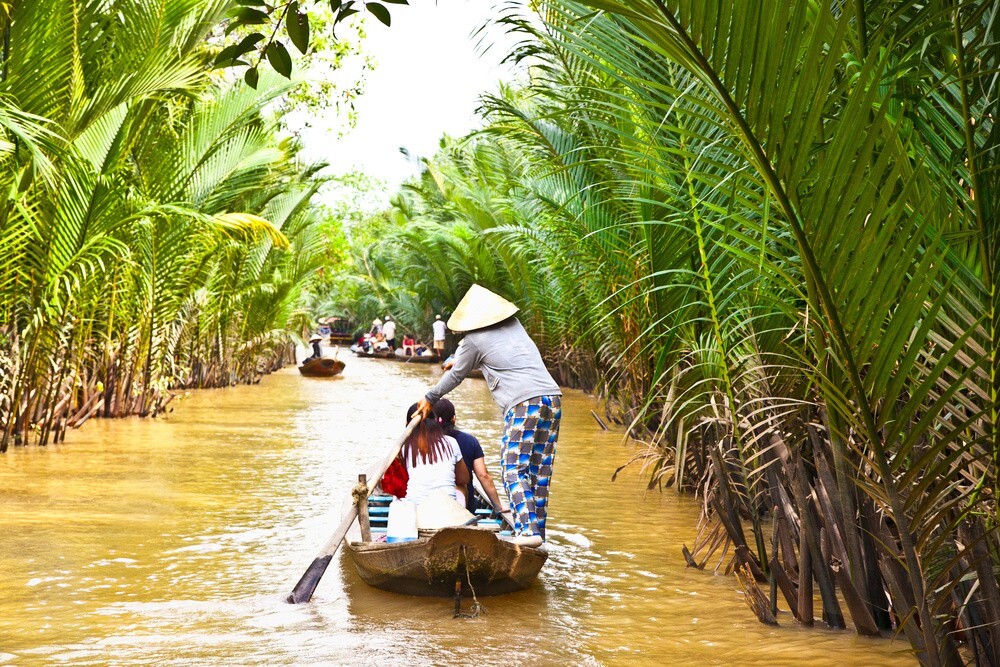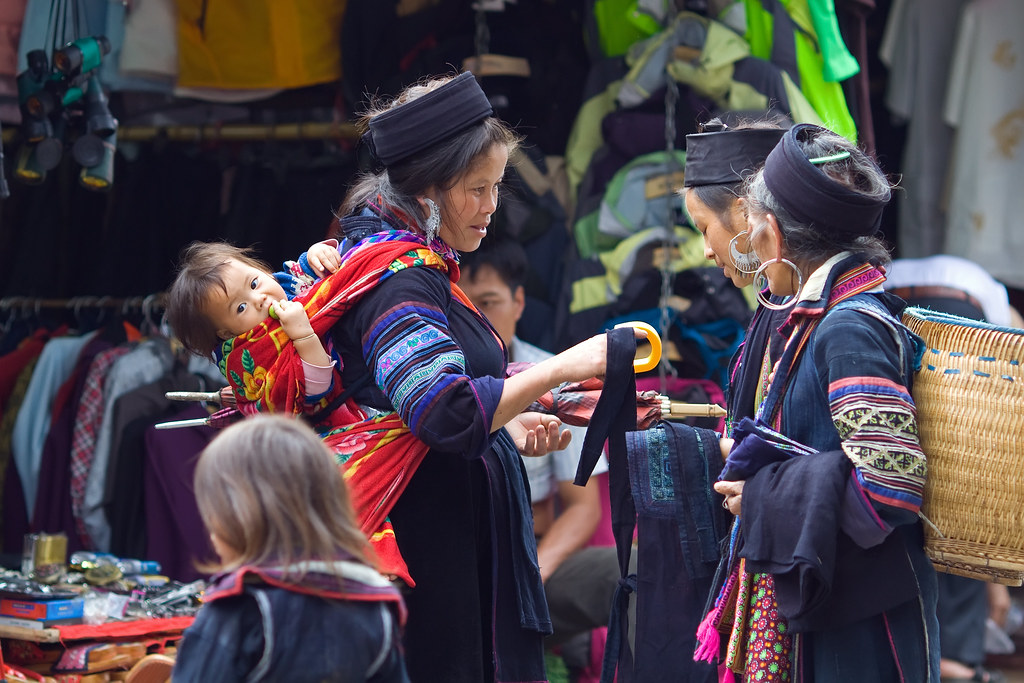
Nestled in a beautiful valley surrounded by spiky mountains and dense vegetation, at an altitude of 1,600 meters in northwestern Vietnam, Sapa attracts travelers not only by its splendid rice terraces but also by the cultural richness of ethnic minorities.
Sapa is home to more than 20 ethnic minority groups. Each ethnic group is characterized by its own language, customs, traditional dress and atypical lifestyle. Four main ethnic groups live in Sapa – the Hmong (52%), the Red Dao (25%), the Tay (5%) and the Giay (2%). Find out with us how to distinguish these ethnic groups when you meet them during your stay in Sa Pa.
The Hmong ethnic group
Hmong ethnic group in Sapa
Hmong is the largest ethnic group in Sapa, constituting 52% of the population. Coming from Yunnan, the first inhabitants arrived in the Hoang Lien mountain range 300 years ago. Today, the Hmong live mainly in the villages of Cat Cat, San Sa Ho, Sa Pa, Lao Chai, Seo Ti My and Ta Giang Phinh. They are divided into several sub-groups, including the black, white, red, green and flower Hmong who are distinguished by their costumes. They make their living by growing rice, corn and livestock, but also through tourism by selling traditional woven textiles or by acting as local guides.
The Hmong people living in Sapa, Vietnam are mainly black Hmong, the typical color of their clothes. The women wear a traditional embroidered costume in a very dark indigo blue color, consisting of a sleeveless vest with the flap touching the knees and pants reaching down to the knee. Black Hmong women are also known for their long hair in the form of a high black turban and beautiful silver earrings. The men wear black or indigo blue pants, a black short-sleeved shirt and a long vest on the outside. On their heads they wear a small round black hat.
Among the traditional festivals of the Hmong ethnic group in Sapa, the “Gau Tao” on January 12 according to the lunar calendar is the biggest spring festival. It is a festival of prayer for rain and good weather for abundant crops. All Hmong people from the surrounding villages meet, full of joy and enthusiasm, participating in recreational activities such as archery, panpipes dance, morning arts dance…
The Red Dao ethnic group
Dao ethnic group in Sapa
The Red Dao is the second largest ethnic minority in Sa Pa. Also originating from Yunnan, while the Hmong generally look to the high mountains to settle, the Red Dao prefer to settle in the valleys where they grow rice and corn. They live in densely populated villages or scatter in small isolated villages on the slopes or at the foot of the mountains near a stream. Their houses are either on the ground, on stilts, or half on stilts, half on one level. You can meet them in the villages of Trung Chai, Ta Phin, Suoi Thau, Thanh Kim and Nam Cang.
You can recognize the Red Dao women from afar by their colorful costumes. Each outfit has five main colors: blue, white, yellow, black and particular red. For the Red Dao, red represents happiness, luck, serenity and positive energy. Red Dao women wear an indigo jacket with hand-embroidered red and white decorative patterns, unique to the creator’s imagination and representing familiar images from everyday life such as flowers, plants, mountains or animals… Traditional men’s clothing is simpler, including a scarf, a short tunic and pants.
The Red Dao ethnic group is known for the legendary Cap Sac ritual. This ceremony is held for boys from the age of 12 to mark growth and maturity. It is an unavoidable event in the life of a young Dao boy.
The herbal bath is a traditional custom of the Red Dao. What could be more relaxing after a long hike in the mountains than a traditional Red Dao medicinal bath with leaves found in the forest. It helps to treat aches and pains, quickly reducing fatigue.
The Tay ethnic group
Tay ethnic group in Sapa
The Tay ethnic group, the third largest group in Sapa, settled in the north over a thousand years ago. They live in some villages south of Sapa such as Ban Ho, Nam Sai, Thanh Phu. These places are quite flat, rich in rivers and land, and are favorable for fishing and farming.
When visiting Tay villages, you will see houses on stilts with two or four-sided roofs covered with tiles, thatch or latan leaves. The traditional productive activities of the Tay are the cultivation of rice, food crops, fruit trees…and livestock.
The traditional Tay costume is quite simple, the dark indigo color dominates. Both men and women wear four-body blouses, slit at the chest, round neck with a cloth belt. During festivals, women wear the Ao dai dress, the square scarf folded at an angle and silver jewelry.
The Tay ethnic group is known for its folk songs “hat Luon” and “hat Khap”…and also for interesting games such as “nem con” (cloth balls, games also practiced by Hmong and Thai), “keo co” (tug of war, universal game), lion singing… Every year, in January, the Tay organize many special spring festivals: the “Long Tong” festival in Ta Van village, the song festival in Thanh Phu village and the national song festival “then” in Ban Ho village.
The Giay ethnic group
Giay ethnic group in Sapa
Part of the Tay-Thai language group, the Giay are scattered in the northern regions around the villages of Ta Van and Lao Chai. The Giay live in houses on stilts or made of earth on the hillsides, in the middle of the rice terraces. These houses have several rooms, the middle of which is always reserved for ancestor worship and guests. On the mountainous or flat lands, they cultivate rice, the main food crop, and slash-and-burn agriculture: corn, potatoes, cassava, cucurbits and vegetables. Apart from cultivation, livestock breeding is developed with several species of livestock and farmyard animals.
The clothes of the Giay ethnic group are simpler than those of the other ethnic groups. The women wear black silk or satin pants, the belt integrated into the pants is red. Their tops can be of any color except white. Embroidery is rare, the only decoration being colored ribbons around the collar or the sides. Men’s clothing is even simpler, with black cotton pants, a black shirt with fabric buttons and an indigo cotton turban.
Among the Giay, the “Roong Pooc” festival (festival of the descent to the fields) is one of the spring festivals and takes place on the first day of the year bearing the sign of the Dragon. The dragon is supposed to make the rain, it is him who waters the harvest. In doing so, they hope for good weather for crops, a bountiful harvest and a happy life.
Other smaller groups such as the Phu La, Ha Nhi, La Chi, Lo Lo, Mang, Bo Y etc, are sometimes represented by only a few villages of a few hundred inhabitants.
We strongly recommend you to meet them during your visit to Vietnam. And if you wish, you can even stay with the locals and share a real moment of conviviality between customs and traditions!
